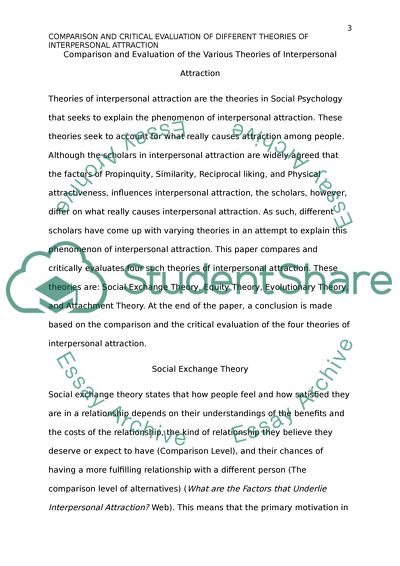Cite this document
(“Comparison and Critical Evaluation of Different Theories of Essay”, n.d.)
Comparison and Critical Evaluation of Different Theories of Essay. Retrieved from https://studentshare.org/psychology/1492517-1-compare-and-critically-evaluate-the-different-theories-of-interpersonal-attraction
Comparison and Critical Evaluation of Different Theories of Essay. Retrieved from https://studentshare.org/psychology/1492517-1-compare-and-critically-evaluate-the-different-theories-of-interpersonal-attraction
(Comparison and Critical Evaluation of Different Theories of Essay)
Comparison and Critical Evaluation of Different Theories of Essay. https://studentshare.org/psychology/1492517-1-compare-and-critically-evaluate-the-different-theories-of-interpersonal-attraction.
Comparison and Critical Evaluation of Different Theories of Essay. https://studentshare.org/psychology/1492517-1-compare-and-critically-evaluate-the-different-theories-of-interpersonal-attraction.
“Comparison and Critical Evaluation of Different Theories of Essay”, n.d. https://studentshare.org/psychology/1492517-1-compare-and-critically-evaluate-the-different-theories-of-interpersonal-attraction.


